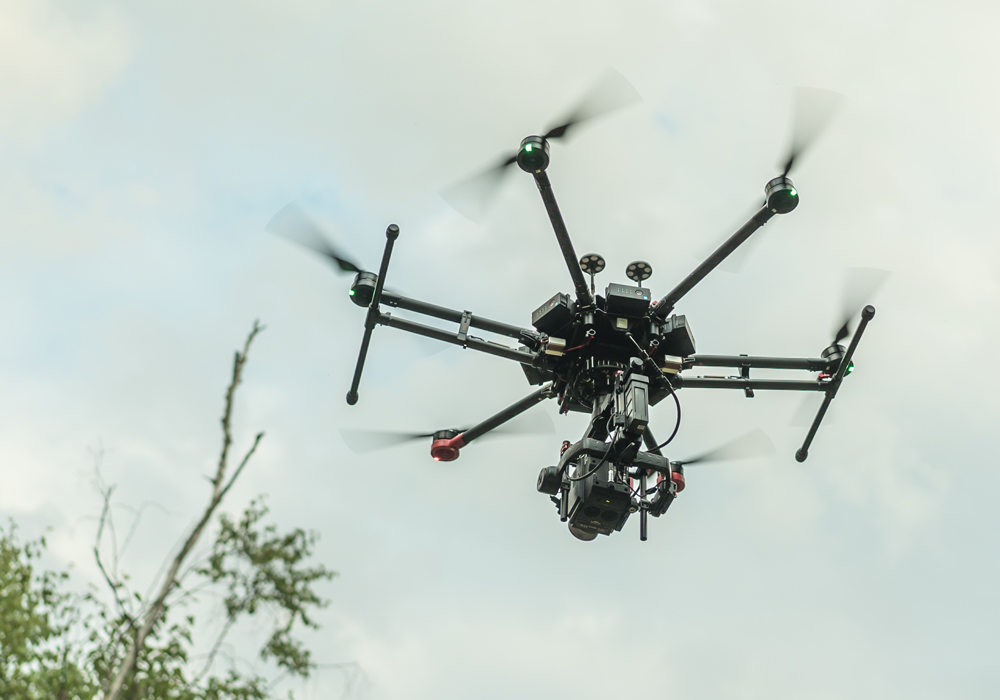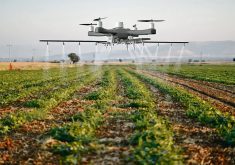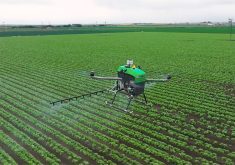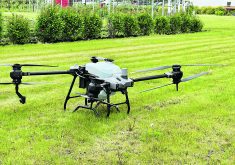The new drone pilot licensing system introduced by Transport Canada last month is designed to put better-trained pilots in control of the thousands of drones flying Canadian skies.
The new system was developed jointly by the federal government and industry, represented by Unmanned Systems Canada (USC). Phillip Reece, founder and chief executive officer of InDro Robotics in Salt Spring Island B.C., has been active in promoting more responsible use of drones. He was part of the process to upgrade the licensing system.
“Education and a better understanding of the rules should stop pilots from doing some of the crazy things that go on with drones,” Reece said.
Read Also

Growing garlic by the thousands in Manitoba
Grower holds a planting party day every fall as a crowd gathers to help put 28,000 plants, and sometimes more, into theground
“As I’m sure you’ve seen, there are a lot of pilots out there who do all kinds of crazy things. Education and enforcement are the only two things that will stop some of this cowboy activity.”
Reece acknowledges that in the past, a big problem with enforcement has been that the regulations were so cumbersome that even the RCMP weren’t certain what they meant and how to enforce them. And when they did catch a culprit, the person could easily plead ignorance because the rules were indeed confusing. He thinks the clarity in the new system should solve that.
Related stories in this issue:
“There are a lot of drone pilots who are doing commercial work, but they classify themselves as recreational pilots. With the new system, it’s a lot easier for them to understand the rules. It provides them with a roadmap to becoming a commercial UAV pilot.”
Before launching InDro Robotics, Reece ran a seaplane airline, where he flew up to 16 flights a day in De Havilland Beavers. Part of his InDro operation is a training school for drone pilots at both the beginner and advanced levels.
“The advanced exam requires some study. I’m a licensed commercial pilot and I still found the advanced exam difficult. We recently had 16 Transport Canada inspectors take our five-day UAV advanced pilot school out here at Salt Spring. Many were military ex-fighter pilots or full commercial pilots.
“I know it’s common for people to jump on the government and say, ‘oh, the government got it wrong again.’ But this time, I think they’ve got it right.”
The same licenses apply to pilots flying fixed wing drones or rotary helicopter drones. Reece said his company designs and builds only the rotary style drones. He points out that prairie farmers are more likely to opt for fixed wing drones because of the broad areas that must be covered. Rotary drones are more appropriate for small acreage crops.


















